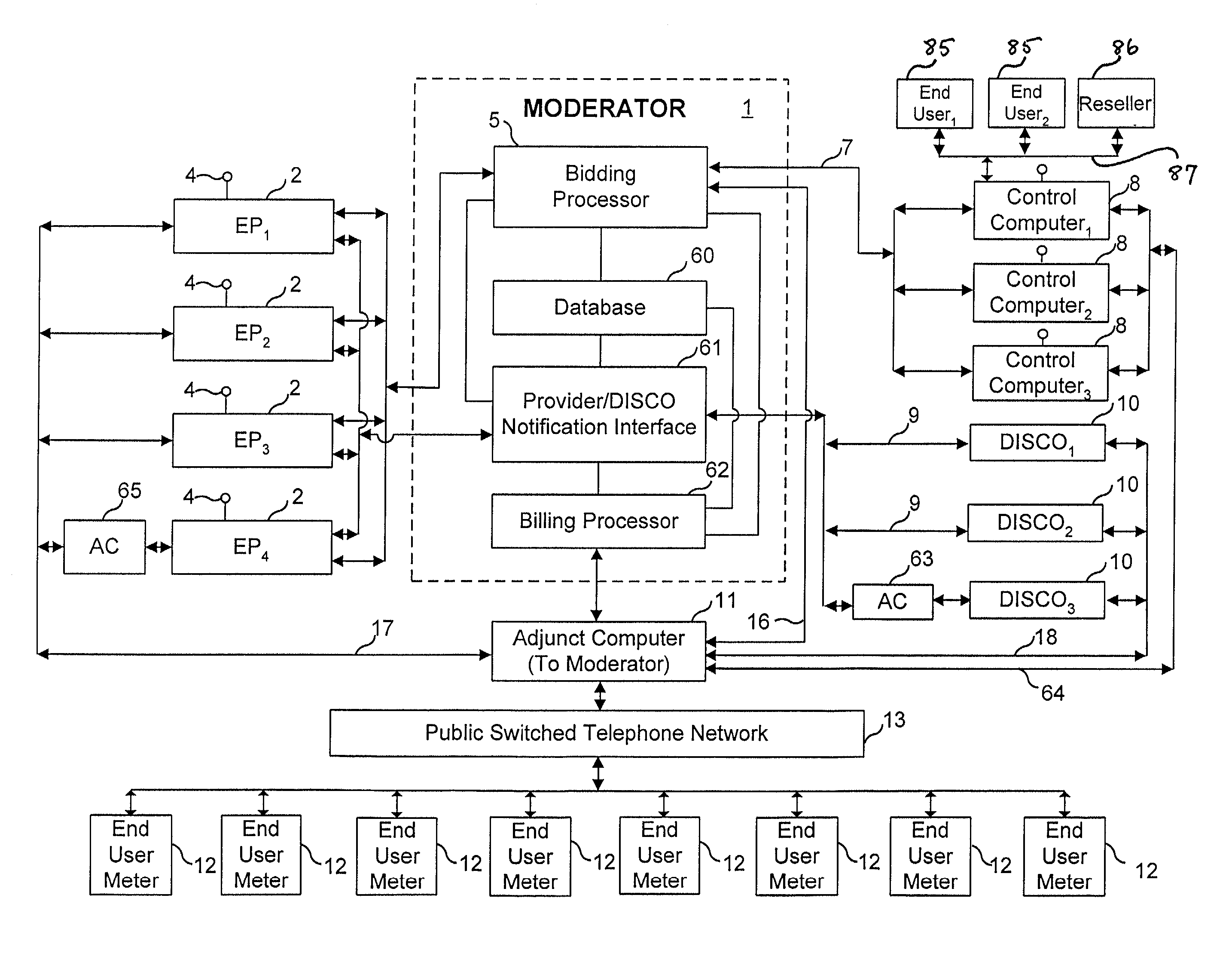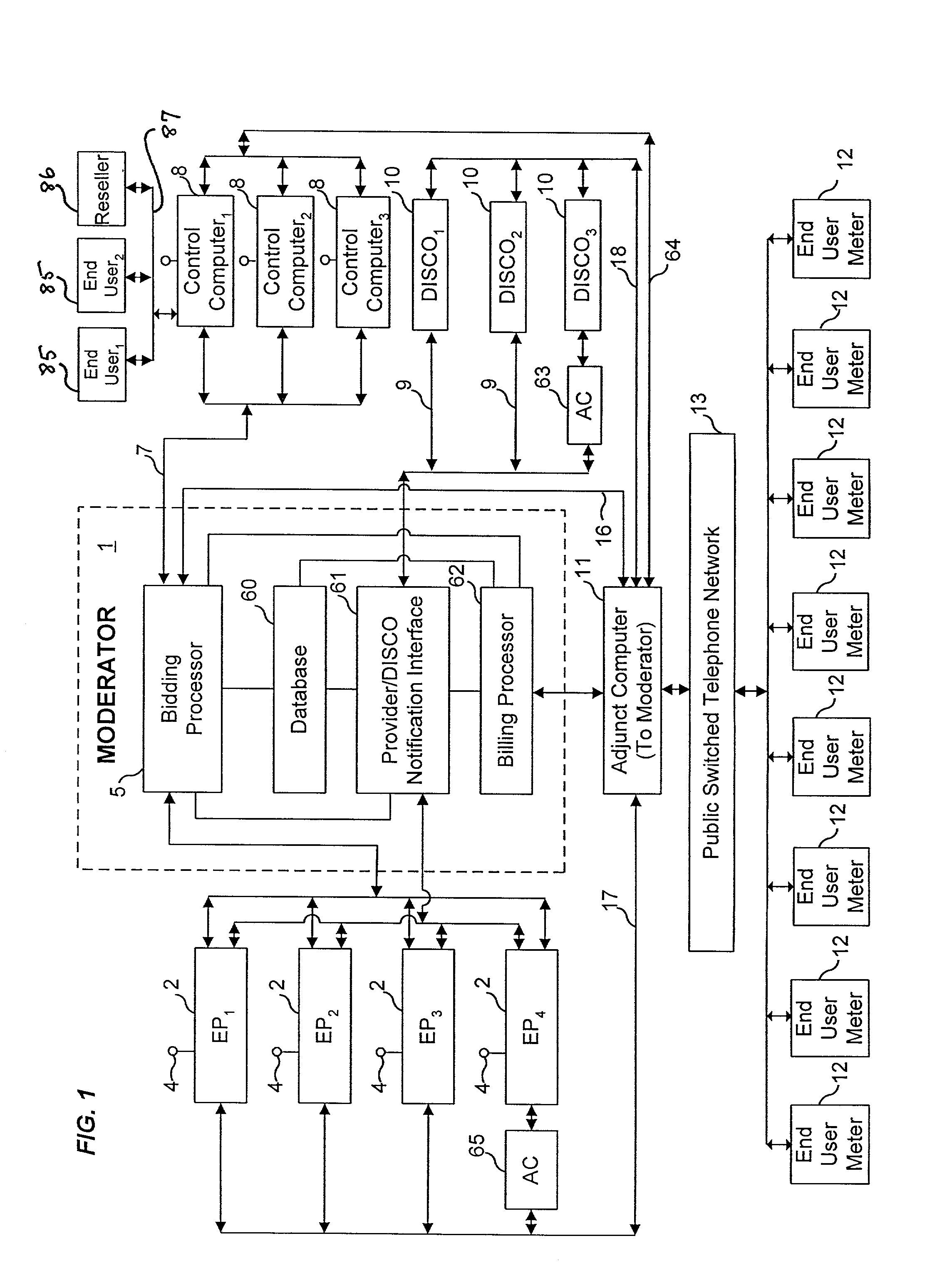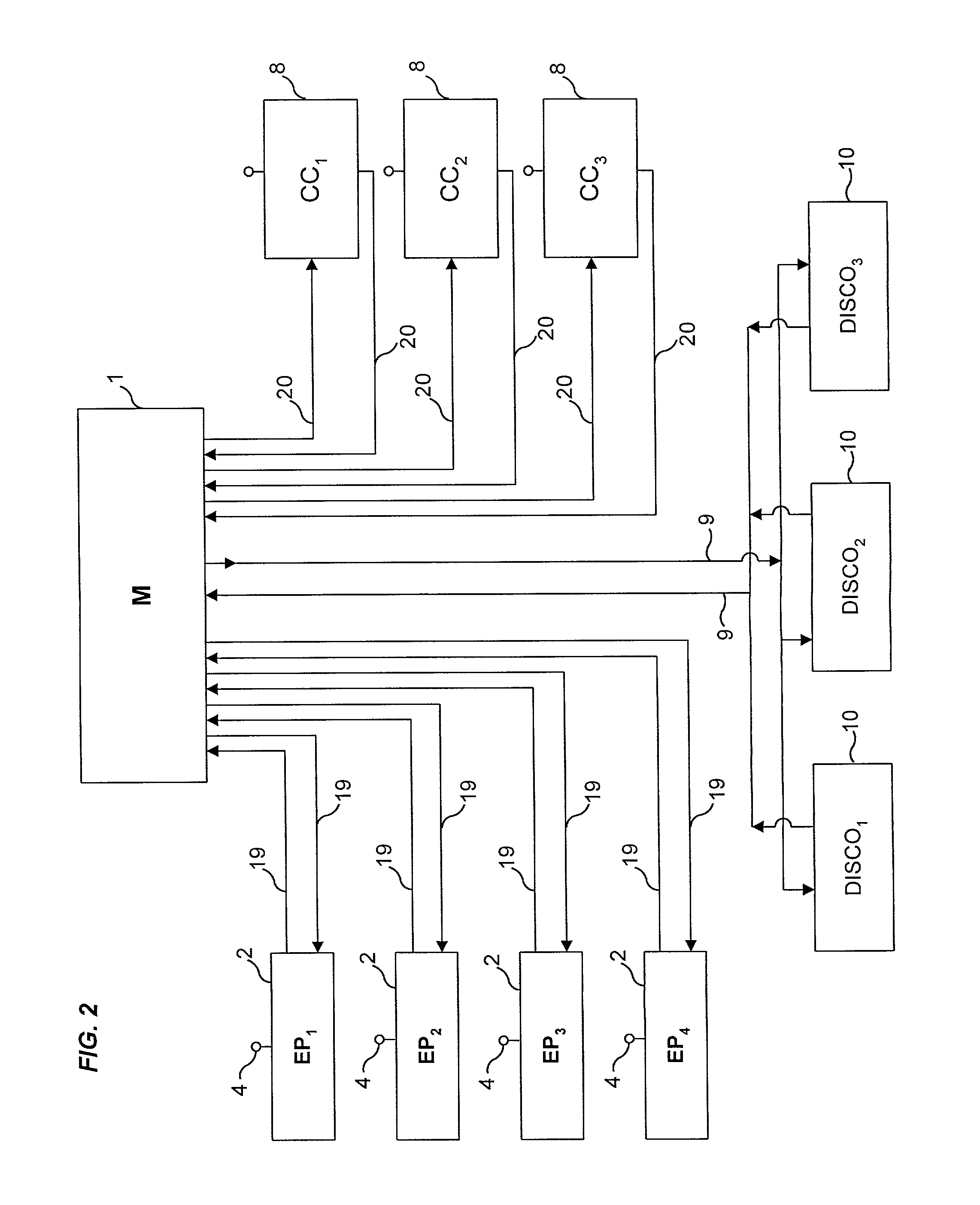As a result of deregulation, however, the local distribution utility is expected in many jurisdictions to lose this monopoly over meter reading and billing.
Under deregulation, the local
electric utility will no longer have a monopoly on selling power to end users.
In many states, larger end users are already subject to different prices based on the cost to the local
electric utility of supplying power during periods of
peak demand across its service area.
In general, the cost to providers of generating power during
peak demand hours can be dramatically higher than at other times of the day.
However, because of technological and regulatory changes, the provision of these sources of energy is becoming more of a commodity, with competition between providers expected to increase dramatically in the next few years.
Time-of-use meters will enable EAS to accommodate many Providers for an
end user during the same billing cycle (e.g., peak v. off-peak usage), but switching to any new Providers before the end of the billing cycle will not be feasible, absent an on-
site visit to read the end user's meter before making such a switch.
(a) The day is divided into blocks of time by the Moderator and bids are submitted for each block of time. All bids for a given block of time must be submitted prior to a
cut-
off time that precedes that block of time by a protection interval. Any bid received after the
cut-
off time is considered to be effective for the next block of time, unless a new bid is subsequently received from the same Provider that would be applicable to the same end user or group of end users (or resellers). The protection interval applicable to bids to supply electric power, for example, is needed to permit all of the following actions to take place prior to the bid starting time: (i)
processing of the bid information by the Moderator and transmission to the relevant control computer; (ii) selection of the winning bidder by the appropriate control computer and transmission of that selection back to the Moderator; (iii) the subsequent transmission of a selection notification to the selected Provider (or its associated adjunct computer) and, perhaps, to the DISCO serving the applicable end user or group of end users; and (iv) the scheduling of the power to be delivered by the selected Provider with the
power grid controller(s) between the point of the Provider's generating facility (or the point at which the Provider takes title to any purchased power to be delivered to the end user) and the
grid interface of the end user's DISCO. For example, if one hour blocks of time are auctioned, a 30 to 60 minute protection interval may be appropriate The protection interval applicable to bids to supply natural gas may be much longer due to the relatively
slow speed at which natural gas can be transported (when compared to that for newly-generated electric power).
(b) Providers are permitted to submit bids for any time interval by specifying a
start time and a termination time. However, no bid can be effective before a protection time interval specified by the bidding
service provider. The Moderator provides confirmation of received bids back to the Provider if the
data link from the Moderator to the Providers is provided with a selective messaging capability.
(c) Providers may be permitted to enter default bids for any block of time for which they transmit no other bid.
(d) As a fail-safe mechanism, to avoid use of old bids that have not been changed due to communication failure, the Moderator may impose a rule setting a
time limit (a fail-safe protection time) to the applicability of any bid. At the expiration of the
time limit, the expired bid could default to a preset default bid or to no bid. Such a rule could also be built into a Provider's adjunct computer to protect against a failure in the Moderator-to-Provider
data link.
However, each Provider's own bids need not always be transmitted back to it and there may be Providers who focus, for example, on certain delivery destinations or certain classes of end users (or resellers) and are not interested in seeing bids from Providers serving other delivery destinations or end users (or resellers).
Because electric power is fungible, as is natural gas, the end user's meter would not be able to distinguish whether the electric power or natural gas supplied by one Provider was consumed in its entirety while another Provider's supply was not.
For example, very large users of electric power can create temporary imbalances in the local
power grid and contribute to meaningful fluctuations in the aggregate amount of power required to be supplied by a selected Provider to meet the needs of all of its customers in a particular service area.
As a result, Providers will be more limited in their ability to react in response to such feedback by adjusting the quantity of electric power or natural gas they supply at any time to the
power grid or
gas pipeline network, respectively, of the end user's DISCO.
 Login to View More
Login to View More  Login to View More
Login to View More 


